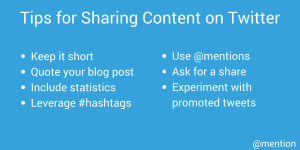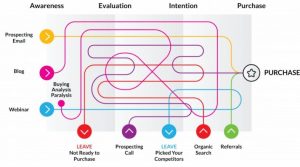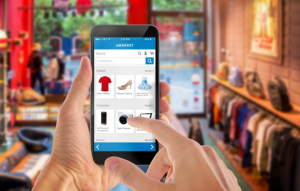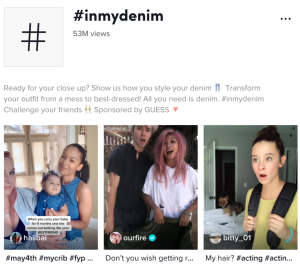In the last video, we described why data is the key ingredient for predictive analytics. But one of the questions we hear most often at Radius is: How do you acquire a critical mass of accurate and up-to-date B2B data?
Without revealing all of our secret sauce, let’s dive into a few key principles we’ve found important at Radius for building a dataset that can serve as the foundation for predictive analytics.
1) Don’t rely on any single data source too heavily
Bad information is likely to creep into any data source that isn’t rigorously monitored and updated — including public websites, social media profiles, and even commercial lead lists. Therefore, an important best practice for anyone planning to use predictive analytics is to ensure the data used for training models is cross-checked and refined using multiple sources.
We do this at Radius by looking across a number of different sources for signals that can indicate important facts about a business. For example, we might look at online news articles to determine whether a business is planning to IPO, and then confirm that information using regulatory filings available as public records.
The key point is that no single data source is given undue influence, meaning a single list provider or website that contains a lot of bad information isn’t likely to bring down our predictive models.
2) Make sure to leverage a combination of first-party, second-party, and third-party data
As we outlined in last week’s video, first-party in your CRM or marketing automation system probably isn’t rich enough to fuel meaningful predictive analytics. However, data in your first-party systems can be a valuable supplement for building predictive models because it can provide insights that are highly specific to your business. Therefore, you should seek to unite that data with high-quality, third-party data to ensure you have a complete picture of your customers and prospects to feed into the predictive models you’re using.
The real differentiator for predictive analytics, however, can be second-party data from a network of similar companies. If companies in your industry are targeting a similar set of businesses and have data in their CRMs that indicate a particular company just went out of business, for example, you should avoid targeting that business in an upcoming campaign.
That’s why we leverage our customer network at Radius to validate the vast majority of data that we include in the Business Graph. Interactions among our customers and the businesses they target serve as a critical backstop to ensure we only include business data in the Business Graph that is up-to-date and accurate.
3) Refresh your data regularly to ensure it stays up-to-date.
This point is especially important for marketers selling into the SMB landscape, where company turnover increases annually. However, data about even the largest companies can change rapidly — especially in an era of increased M&A activity and employee mobility.
Therefore, it’s critical that any data source underpinning predictive analytics should be refreshed regularly. Simply deduping or purging dead businesses once a quarter isn’t enough; rather, this data needs to be updated as often as you run campaigns. Otherwise, your recommended targets might not reflect the businesses that are a great fit for your company at the moment you’re running a campaign. Or even worse, when you go to reach out to those businesses you may find that their contact information has changed and there’s no way for you to get in touch with them.
These are just a few lessons we’ve learned while building the Radius Business Graph to support our revenue platform. Hopefully, that’s helpful as you evaluate the best way to acquire the data necessary to support predictive analytics for your pipeline!
To learn how you can optimize your foundational data and drive scalable growth, watch our webinar on Data Stewardship.
Business & Finance Articles on Business 2 Community(42)







